The Truth About China's Electric Vehicle Market
The recent Guangzhou Auto Show in China was a reflection of everything stereotypical about the Chinese car market: Chinese OEM clones of European vehicles, North American and European legacy platforms resurrected into new China-only models, wacky supercars from unknown Chinese OEMs, stretched European executive sedans, and weird electric vehicles.
The only major North American press headline from the show was bold: “ Five New Electric Cars from China, World’s Largest EV Market.” I never saw China as a leader in electric vehicles. However, green car publications like CleanTechnica have stated China is the world’s largest EV market for almost two years now.
What’s the real story behind China’s EV market? There’s both truth and lies in these headlines.
Truth: China is the Largest Electric-Car Market in the World
China had over 20 million new-car registrations last — more than any other country in the world. (The United States had 17 million.) The Chinese market has a disproportionately high percentage of electric vehicles and is the world’s largest EV market with over 225,000 sold from Jan-Sept 2016. Keep in mind that this number includes both plug-in hybrid electric vehicles (PHEV, BMW i3) and battery electric vehicles (BEV, Tesla Model S). Even when just counting battery EVs, the 147,000 electric vehicles sold to date still handily outpaces the United States and Europe.
Lie: The World’s Best-Selling Electric Car Maker is BYD
Green Car Reports claims Chinese EV automaker BYD “sold more highway-capable electric cars and plug-in hybrids than any other company in the world” last year. BYD has consistently dominated the plug-in car market in China, selling 75,000 so far in 2016. But did you know BYD’s two most popular EV sales were a 550 horsepower SUV and a 300 hp sedan? The BYD Tang and BYD Qin are both powerful plug-in electric vehicles that use electric motors to supplement gasoline engines.
BYD does make pure electric cars, but it relies almost solely on PHEV sales to take the EV sales leader crown. Based on the numbers, the “plug-in” feature of BYD hybrids seem to exist solely to boost overall EV sales and gain more subsidies.
Similarly, if Toyota made every Prius a PHEV, it would easily dominate the EV market by the same measure. The reality is, when only battery electric cars are counted, Tesla is the clear manufacturer winner, followed by Nissan.
Truth: Incentives and Subsidies drive the Chinese EV Market
Surprise, surprise — BYD received $435 million in government subsidies over the last five years. While this pales in comparison to the $4.9 billion Tesla received, what’s not insignificant are the incentives Chinese consumers receive to buy electric cars. EV consumers are given free car registrations in Shanghai, which are worth around $12,000 USD. While exact subsidies for each EV are unclear, the recent subsidy for the BYD e5 was estimated to be $16,000 USD. This lowered the price of the e5 to around $20,000 USD, which is very inexpensive for a Nissan Leaf-sized EV with over 200 hp and 190 miles of range.
Lie: All Chinese EVs are comparable to EVs sold in North America
The most popular electric car segment in China is known as the A-Segment (mini-EVs). These city cars make up over 25 percent of battery-only EV sales. While extremely popular, most of these cars are not highway capable and have poorer crash and safety standards than a comparable North American or European electric car. Most media sites include these city cars in their overall calculation of total electric vehicles sold.
For example, one of the best-selling vehicles in the class — the Zhidou D2 — has a top speed of 80 km/h (50 mph) and a range of 120 km (75 miles). This tiny two-seater is about the same size as the original Smart Car. In comparison, the compact-size Nissan Leaf has seating for five, a range of 170 km (107 miles) and a top speed of 150 km/h (93 mph).
With over 14 cities with over 5 million people, China has a greater need for tiny city cars. However, the mini-EV numbers really should be separated from highway-capable EVs to give a more fair comparison.
What’s the verdict?
It’s undeniable that China has a huge EV market, a product of excessive government incentives and lax government regulations. However, the North American and European markets are much more advanced with more stringent environmental, crash, and safety standards. Also, the size of the China’s EV market is inflated with city cars that aren’t comparable to world-class EVs. Therefore, it’s hard to compare the Chinese EV market with North American or European markets because of these significant differences.
Regardless, no OEM can ignore the fact that their EVs are purchased more often in China than anywhere else in the world. While Tesla and Nissan have the best-selling BEVs, BAIC and BYD are hot on their heels developing competitive, world-class EVs. Once the government subsidies stop, it will be interesting to watch how market forces shape not just China’s EV market, but the EV market worldwide.
[Numbers Source: ev-volumes.com]
When he's not writing about cars, Henry is driving his GTI to construction sites and transporting his kids to preschool. Henry is a professional engineer, road biker, marathon runner, and lives in Vancouver, Canada.
More by Henry Leung
Latest Car Reviews
Read moreLatest Product Reviews
Read moreRecent Comments
- Aja8888 I knew this would happen sooner or later. Others will follow.
- ToolGuy I read in TTAC that EVs are useless and dead, just sayin.
- ToolGuy I am starting to question the love for our planet expressed by the oligopolists. Have I been lied to?
- NigelShiftright My favorite color on any current car is the "McLaren orange" on Subaru Crosstreks. Unfortunately I am about four inches too tall to fit behind the wheel of one.
- Bd2 This should solve some of those awkward styling elements on the first EV6 and in doing so only 3 years into the product cycle will also be increasing it's collectible value at future Barret Jackson auctions . A youtuber I follow does expect the Kia EV6 to be among the pioneers of collectible electric cars. I recently traced my 1997 Toyota Supra Turbo for a Kia EV9.



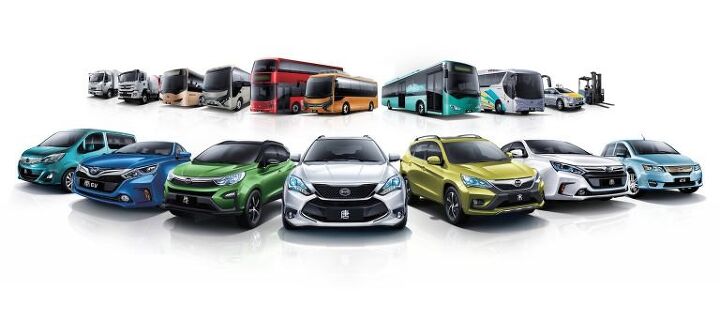















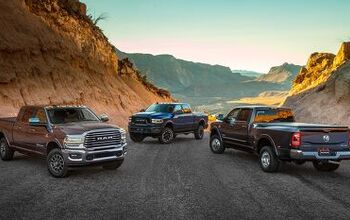


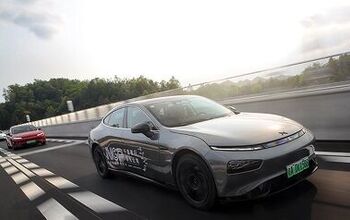
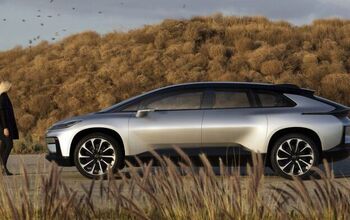
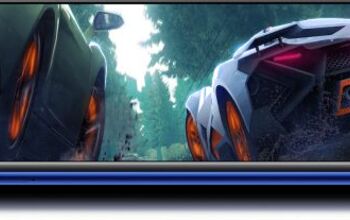
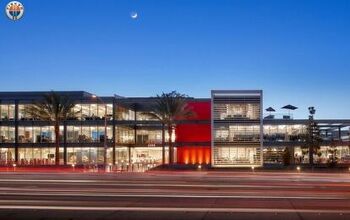
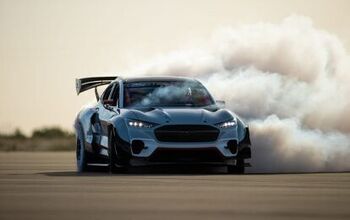
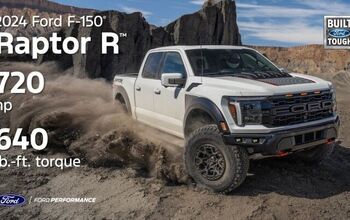
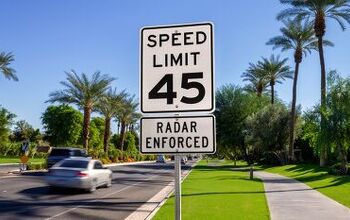
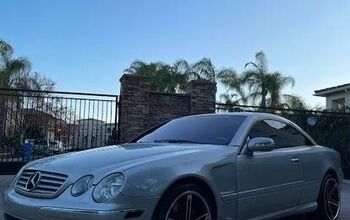
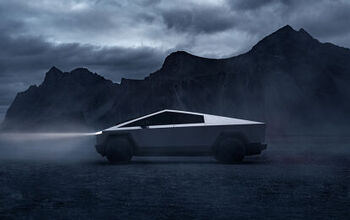

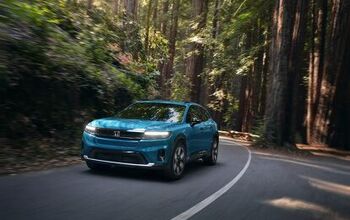
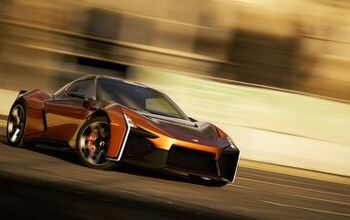
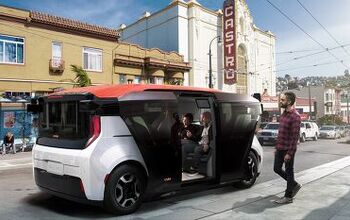
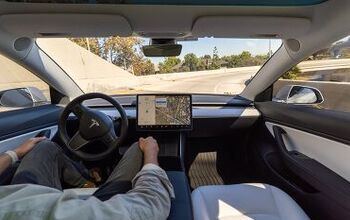
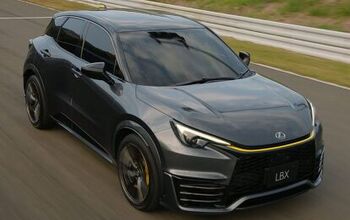
Comments
Join the conversation
For me Plug in Hybrids dont cut it. Having an engine eases range anxiety but adds complexity and increases maintenance costs. Not to mention increased weight and loss of extra storage space. Either go full electric or go home hehe in my opinion
Should we call them electric vehicles or coal-fired vehicles?